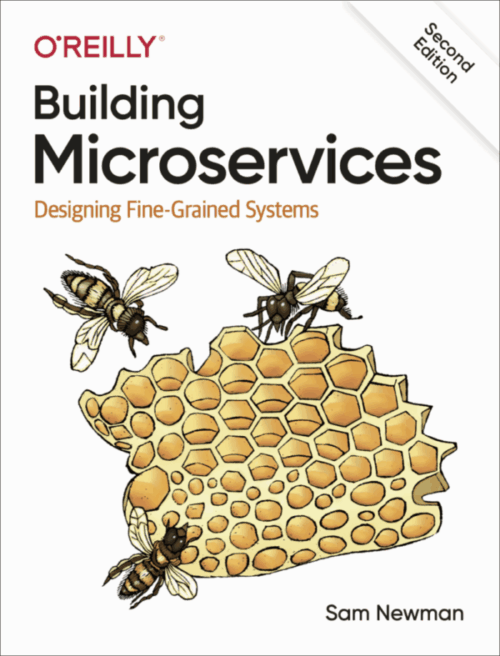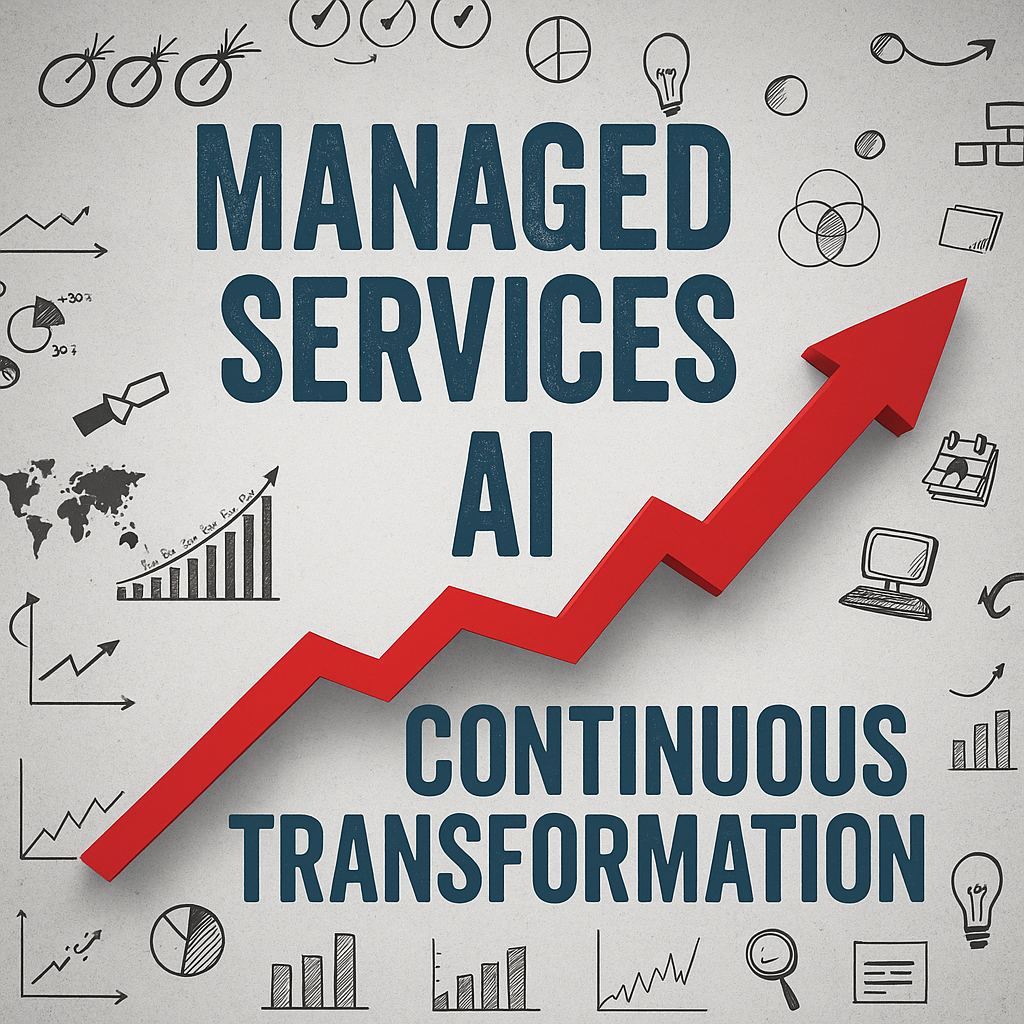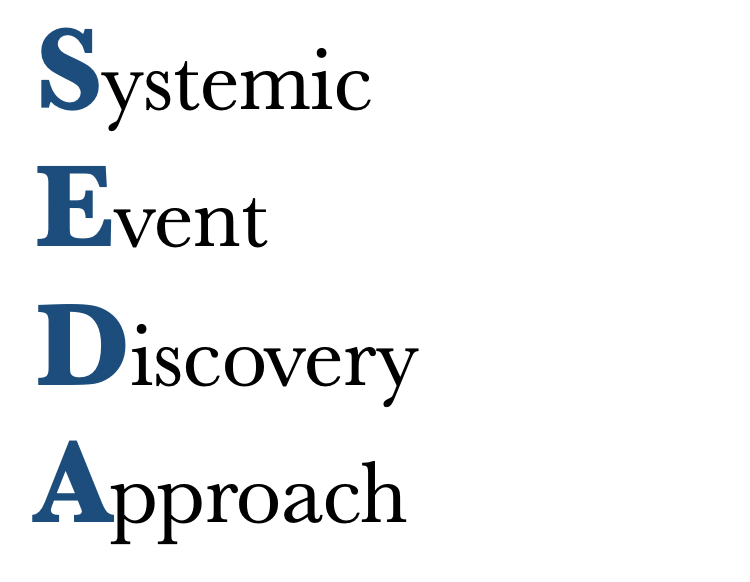
What Drew Me In
Whether you are a software architect, a software developer, or a CTO, you are constantly looking for ways to design systems that can evolve as business requirements change. For more than a decade, microservices have been a central approach in modern distributed programming, offering a path to scalable, resilient architectures that align closely with business boundaries.
Building Microservices, 2nd Edition, by Sam Newman, offers not only practical strategies for designing complex systems and decomposing monolithic ecosystems but also valuable insights into evolutionary architecture, the approach that embraces change by allowing systems to adapt over time rather than remain static. In large-scale environments, decoupling features (as much as possible) is essential for reducing friction between teams. This enables faster delivery and more frequent releases.
This book also examines the technological shifts driving the adoption of microservices today, from building and deployment practices to advances in security, observability and operational resilience.

Key Insights
💡 Microservices 101
If you don’t have any prior experience with microservices, the first part of the book offers a neat introduction. It clearly explains what microservices are and how to think about them effectively. As the author describes, microservices provide business functionality through one or more network endpoints, using whichever protocols are most appropriate for the task.
💡 Modeling Microservices
Identifying proper boundaries using Domain-Driven Design and analyzing the problem space that give us the benefits of low coupling and strong cohesion plus, way that helps us decide when and how to further subdivide our microservices, are some of the key points the author discusses in the book on this topic.
💡 CI/CD Practices for Microservices
Continuous Integration and Continuous Delivery (CI/CD) are presented as essential practices for microservices, built around four key activities: implementing, building, deploying, and testing services. Among these, the most important feature emphasized is the deployability in microservices.
💡 Core Non-Functional Requirements
Among all the system -ilities, security, resiliency, and scalability stand out as the most critical for microservices. This resource provides practical guidance on how to embed these non-functional requirements into your microservice architecture from the start successfully.
💡 Organizational Design Around Microservices
Conway’s Law1, as the backbone of aligning organizational structure with system design, is used to describe the optimal team topologies for launching the microservice product effectively. Additionally, the author introduces the idea of Conway’s Law in Reverse, showing how deliberate architectural decisions can, in turn, reshape the organization itself.
💡 Evolutionary Architecture2
Microservices enable a high degree of flexibility across both technical ecosystems and organizations. Sam Newman describes this as an evolvable architecture and highlights how elements like vision, collaboration, empathy, and so on, all contribute to creating architectures that can respond to change rather than becoming obsolete.

My Reflections
I found Building Microservices, 2nd Edition both practical and thought-provoking. I especially appreciated its focus on evolutionary architecture, which really resonates with my belief that systems need to adapt, change and grow over time.
Particularly, I appreciated the sections explaining how to make microservices secure, which go beyond theory to address real-world operational concerns. What makes this part especially practical is the clear, pragmatic description of securing data in microservices, covering both data at rest and data in transit.
The discussion about team structure and organizational alignment stood out to me. It’s easy to focus only on the technology, but this book makes a compelling case that architecture is deeply connected to the people and the structures that support it. I was impressed by the idea of Conway’s Law in Reverse. I actually experienced that once myself, though unintentionally, and it left a lasting impression.
Looking back, the book confirmed much of what I practice in my work and also inspired me to reflect more deeply on the relationship between technology and how organizations are structured.

Putting It Into Practice
Reading this book has made me reflect deeply on several aspects of my work.
- One immediate takeaway is updating and shifting my mindset, which is recognizing that security requirements, as a first-class concern, throughout the microservices design process.
- I’ve already started incorporating more focused discussions on data encryption, access controls, and service-to-service authentication & authorization during architectural reviews.
- Another key takeaway is the importance of CI/CD in a microservices environment. The book does an excellent job of explaining how continuous integration, deployment, and testing pipelines need to evolve to support this architecture. In my case, I focused on improving our build and deployment workflows by using multirepo and monorepo patterns as best practices.
- Finally, the insights around people, organizational alignment, and Conway’s Law have helped me connect the missing pieces of the puzzle. They’ve enabled me to use microservices more effectively and efficiently in large-scale projects. Especially in Transformation initiatives, where Systems Thinking and Team Topologies play a significant role.
In summary, the book inspires a more hands-on, evolutionary approach to building systems. Since it focuses on the key aspects of microservices in practice, I’ve personally designed architectures that are more secure, testable, independently deployable, and aligned closely with business goals. That shift is already influencing how I lead technical initiatives.

The Verdict
Building Microservices, 2nd Edition, by Sam Newman, is essential reading for software architects, technical leads, software developers engineers working with distributed systems at scale. It strikes a valuable balance between clear concepts and production-level usability. It offers guidance not just on designing microservices, but also how to run, secure, and build them successfully in production.
Also, it offers actionable and practical best practices for the challenging issue of how big a microservice ought to be3, and walks readers through establishing the right answer for their own project and customer requirements.
I’d highly recommend it to anyone serious about building resilient, scalable and secure systems that align with both business and team structures. It’s not just a technical manual, but a strategic guide for modern software architecture.

Complementary Resources
If you’re looking to explore microservices and related topics more deeply, I recommend:
- Book: Microservices Patterns: With examples in Java, Chris Richardson
- Presentation: Communication Styles for Distributed Architectures and Microservices, Neal Ford
- Presentation: Microservices Application Decomposition, Sam Newman
- Book: Monolith to Microservices, Sam Newman
- Conway’s Law, Melvin Conway ↩︎
- Evolutionary architecture is an approach to building software that’s designed to evolve over time as business priorities change, customer demands shift, and new technologies emerge. Thoughtworks ↩︎
- HOW BIG SHOULD A MICRO-SERVICE BE?, James Lewis ↩︎





